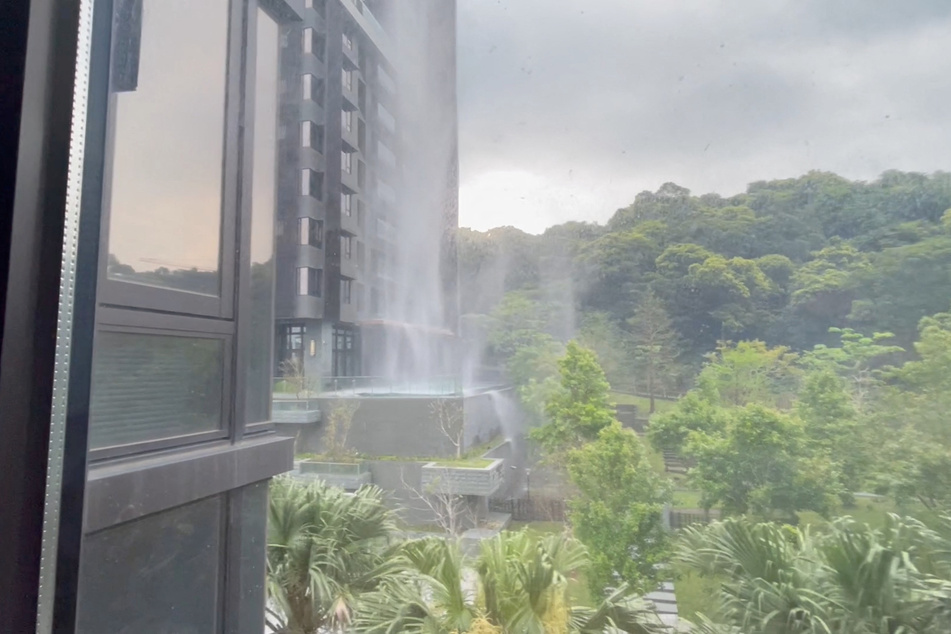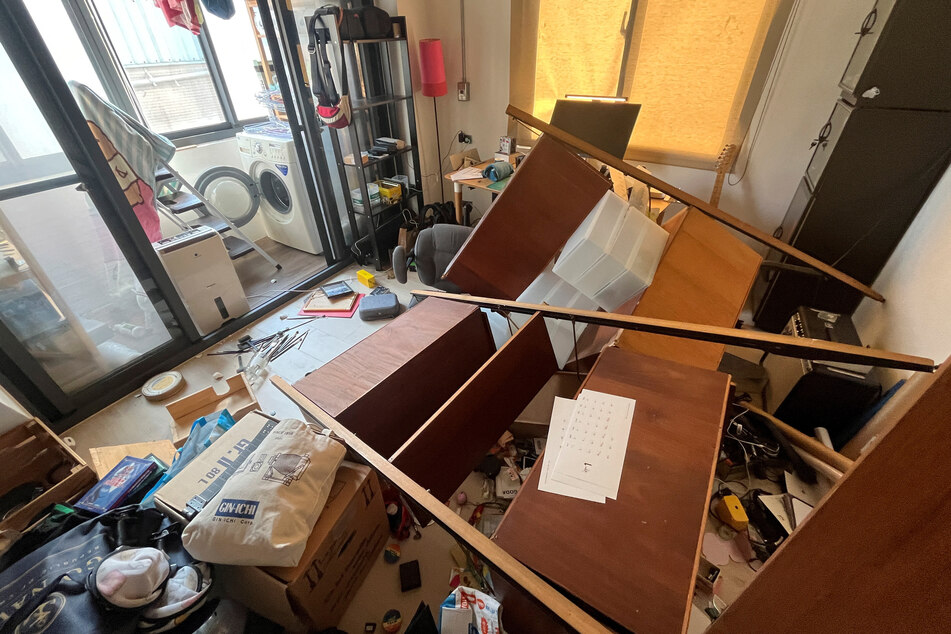Taiwan's strongest earthquake in decades leaves path of death and destruction
Taipei, Taiwan - At least four people were killed and nearly 60 injured Wednesday by a powerful earthquake in Taiwan that damaged dozens of buildings and prompted tsunami warnings that extended to Japan and the Philippines before being lifted.

Officials said the quake and series of strong aftershocks were the strongest to shake the island in decades, and warned of more tremors in the days ahead.
"The earthquake is close to land and it's shallow. It's felt all over Taiwan and offshore islands," said Wu Chien-fu, director of Taipei's Central Weather Administration's Seismology Center.
Strict building regulations and disaster awareness appear to have staved off a major catastrophe for the island, which is regularly hit by earthquakes as it lies near the junction of two tectonic plates.
Wu said the quake was the strongest since one of 7.6-magnitude struck in September 1999, killing around 2,400 people in the deadliest natural disaster in the island's history.
Wednesday's magnitude-7.4 quake struck just before 8:00 AM local time, with the United States Geological Survey (USGS) putting the epicenter 11 miles south of Taiwan's Hualien City, at a depth of 21.6 miles.
"I wanted to run out, but I wasn't dressed. That was so strong," said Kelvin Hwang, a guest at a hotel in the capital, Taipei, who sought shelter in the lift lobby on the ninth floor.
Taiwan earthquake causes injuries and deaths

Social media was awash with shared video and images from around the country of buildings swaying as the quake struck.
Dramatic images were shown on local TV of multi-story structures in Hualien and elsewhere leaning over after it ended.
Roads to Hualien, a mountain-ringed coastal city of around 100,000 people, were reported blocked by landslides.
The Central Emergency Operations Center said nearly 60 people had been treated for quake-related injuries. Three people were killed while on a hiking trail in Hualien county and one in a highway tunnel.
In Taiwan, Japan, and the Philippines, authorities initially issued a tsunami warning, but by around 10:00 AM, the Pacific Tsunami Warning Center said the threat had "largely passed."
In the capital, the metro briefly stopped running but resumed within an hour, while residents received warnings from their local borough chiefs to check for any gas leaks.
Taiwan regularly hit by earthquakes

Taiwan is regularly hit by earthquakes as the island lies near the junction of two tectonic plates, while nearby Japan experiences around 1,500 jolts every year.
Across the Taiwan Strait, social media users in China's eastern province of Fujian, which borders the southern province of Guangdong, and elsewhere, said they also felt strong tremors.
China was "paying close attention" to the quake and "willing to provide disaster relief assistance," state news agency Xinhua said.
The vast majority of quakes around the area are mild, although the damage they cause varies according to the depth of the epicenter below the Earth's surface and its location.
The severity of tsunamis – vast and potentially destructive series of waves that can move at hundreds of miles per hour – also depends on multiple factors.
Japan's biggest earthquake on record was a massive 9.0-magnitude undersea jolt in March 2011 off Japan's northeast coast, which triggered a tsunami that left around 18,500 people dead or missing.
The 2011 catastrophe also sent three reactors into meltdown at the Fukushima nuclear plant, causing Japan's worst post-war disaster and the most serious nuclear accident since Chernobyl.
Japan saw a major quake on New Year's Day this year, when a 7.5-magnitude tremor hit the Noto Peninsula and killed more than 230 people, many of them when older buildings collapsed.
Cover photo: Collage: IMAGO / Xinhua & Tutuloveeatg via REUTERS
